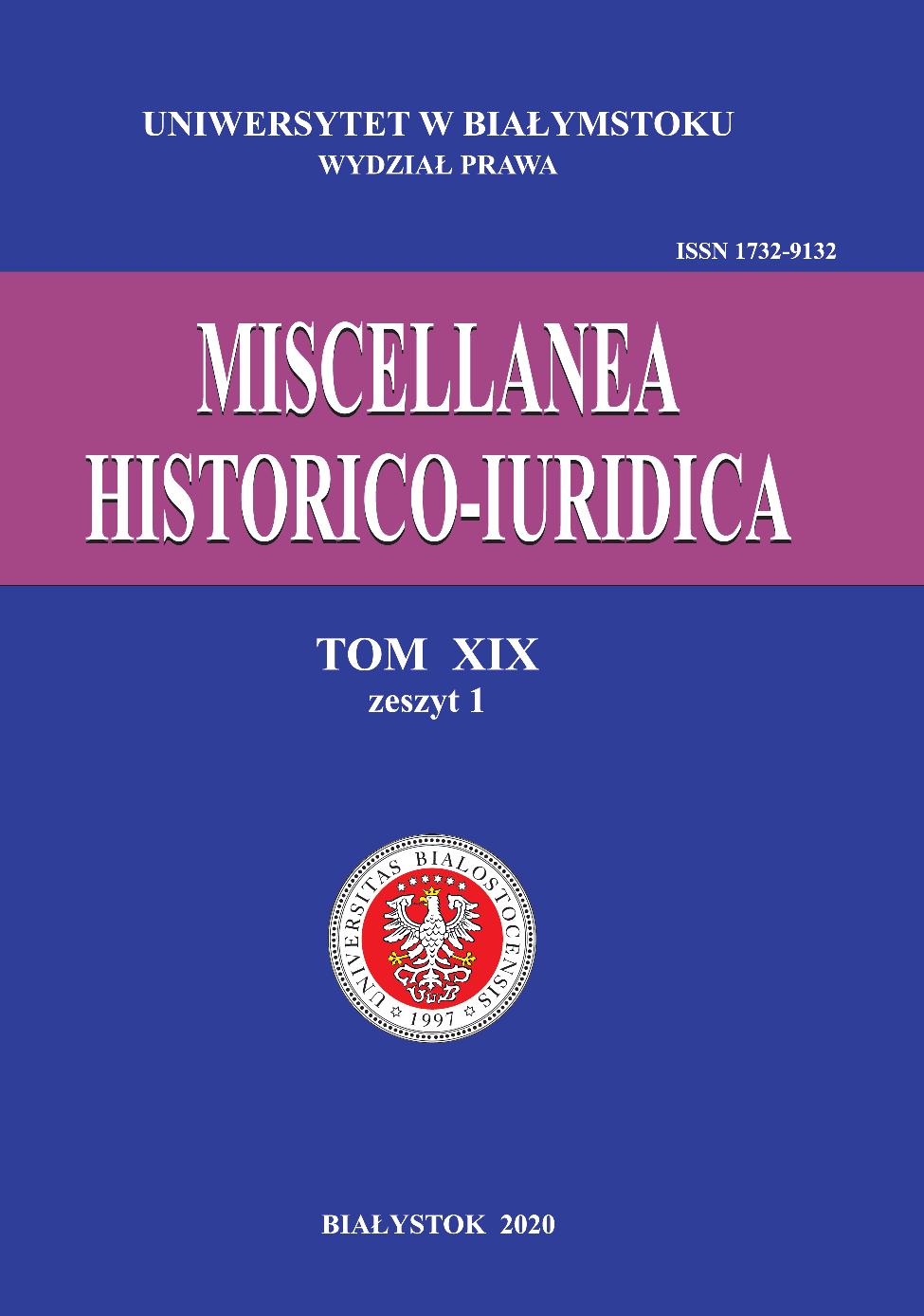Ewolucja władzy rodzicielskiej ze szczególnym uwzględnieniem instytucji pieczy naprzemiennej (joint physical custody)
The evolution of parental care with emphasis on joint physical custody (joint physical custody)
Author(s): Katarzyna KamińskaSubject(s): Law, Constitution, Jurisprudence, Civil Law
Published by: Wydawnictwo Uniwersytetu w Białymstoku
Keywords: joint physical custody; parental authority; parenting plan; divorce; child care
Summary/Abstract: The article is intended to determine the legal character and substance of joint physical custody in Polish family law, with a special focus on American experiences with joint custody. To this date, the institution of joint physical custody has not been regulated expressis verbis in Polish family law. However, current provisions do not preclude de lege lata such a manner of exercising parental authority. The term joint physical custody, although not mentioned in the text of the Family and Guardianship Code, does appear in the text of the State Aid for Child Support Act, but without a definition or any specification. Furthermore, provisions of the Code of Civil Procedure make reference to a judgment, in which the court deemed that the child would reside with each of the parents over recurring periods of time. It is appropriate to presume that these provisions, introduced by the Act of 25 June 2015, are intended to apply to joint physical custody, although it should be stressed that the term in question is not used in the provisions of the Code of Civil Procedure, either. Hence, the matter in question is surrounded by considerable legal uncertainty, causing citizens to be treated differently by courts and public administration authorities. The above-mentioned general objective were achieved through method of analysis of the content of Article 58 § 1 and Article 107 § 1 of the Family and Guardianship Code, as well as method of conceptual analysis - analysis of the following concepts: ,,joint physical custody” and ,,alternating parental authority”. Furthermore, it has been explained why a concept of ,,joint physical custody” is better than ,,joint physical care”. In the article, the standard of the ,,best interest of the child” (which is an American equivalent of the ,,child welfare”) was discussed. This standard is not easy as it might seem. In this context, there has been intense discussion in case law and legal literature on implementation of two heuristics: ,,tender years presumption” and ,,primary care-taker preference”. Based on American legal literature, the following types of joint physical custody have been discussed: long-term block time, alternating short-term block time, birdnest and free access. Furthermore, most popular in the United States joint physical custody schedules were collected and collated. An analysis of the selected American case-law was dedicated to ascertain that institution of joint physical custody is not uniform and may cause problems in the courts. This problem was also dealt with in the context of approximation standard, otherwise known as past caretaking standard. The main research hypothesis is as follows: joint custody does not denote only symmetrical child care arrangements, and its correct application by courts is contingent upon courts taking into account a number of individual factors.
Journal: Miscellanea Historico-Iuridica
- Issue Year: 19/2020
- Issue No: 1
- Page Range: 89-120
- Page Count: 32
- Language: Polish

